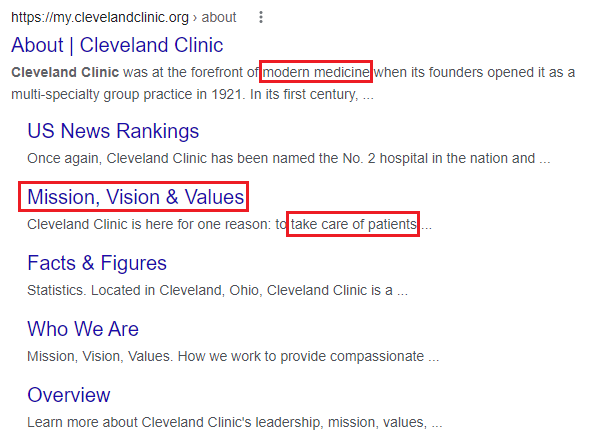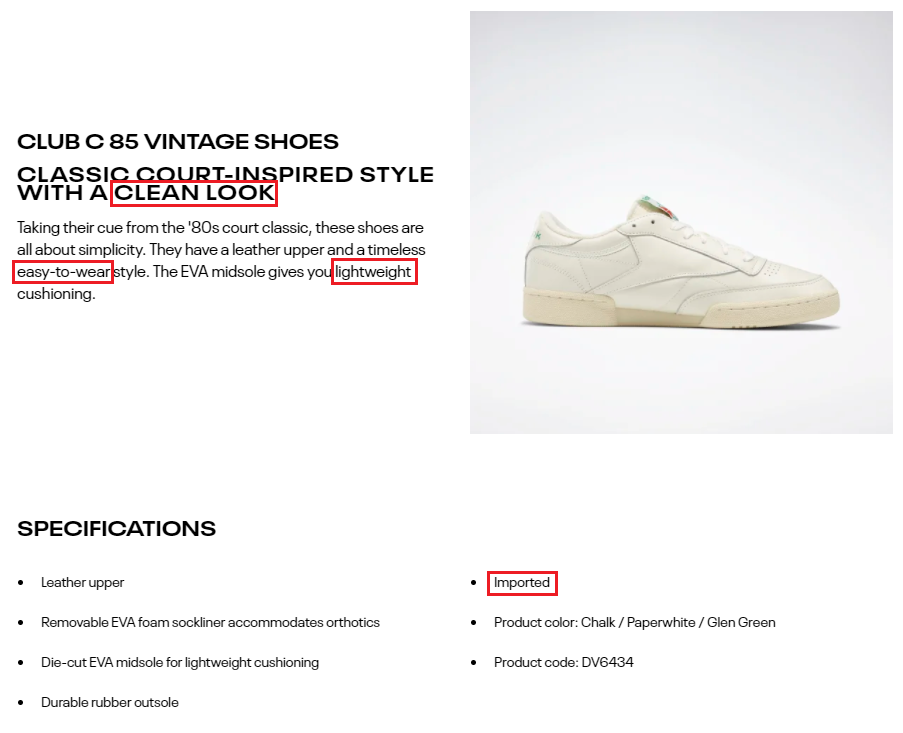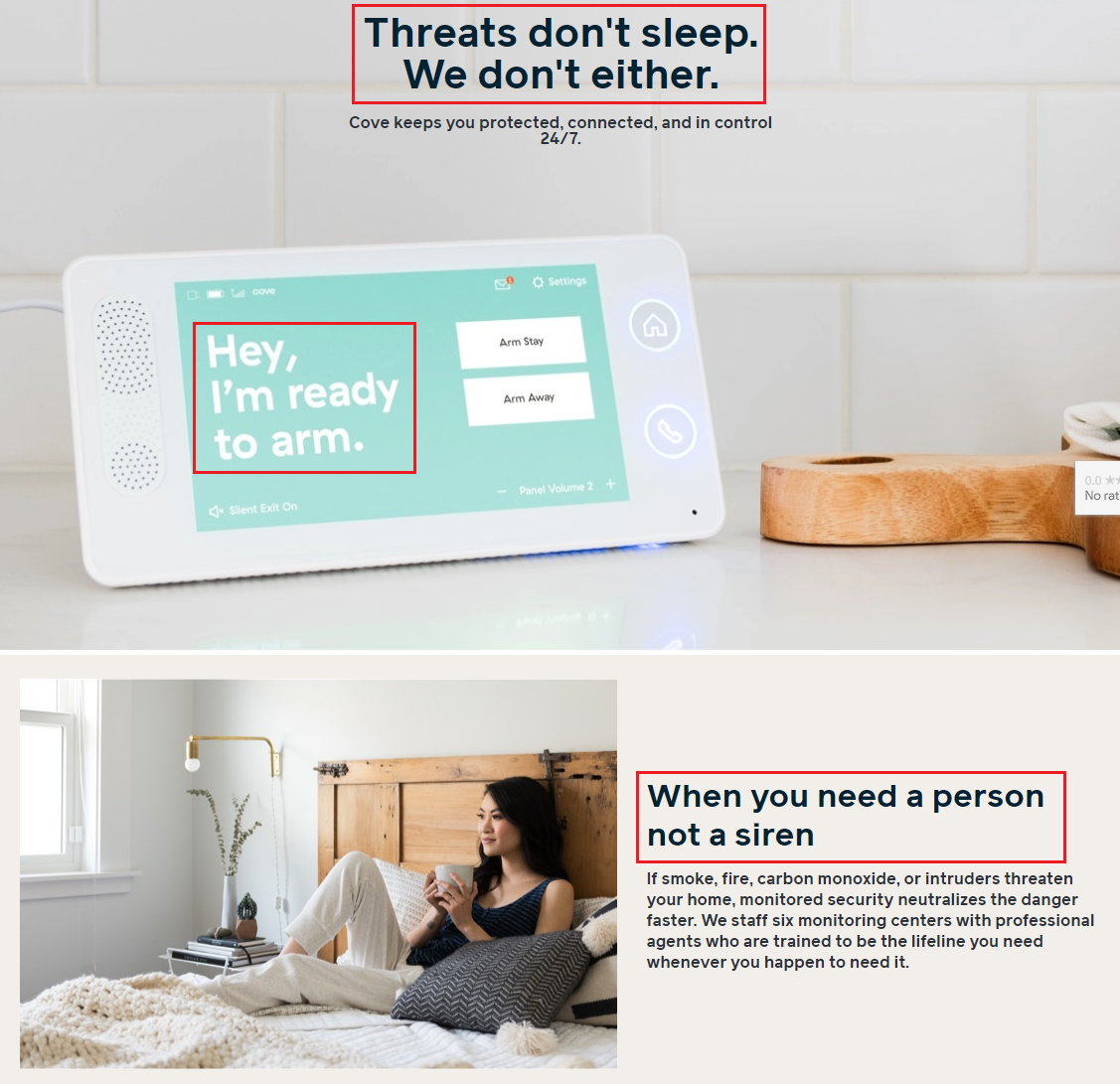A Beginner’s Guide to Optimizing Web Content for Better Reach and Conversions

Contents
SEO Content Optimization Checklist
- “Home” Page Content
- “About Us” Page Content
- Product Pages
- Service Pages
- Blogs
- Images, Graphics, Videos, and Audios
A Beginner’s Guide to Optimizing Web Content for Better Reach and Conversions
As we inch closer to 2022, it’s safe to say that optimization is still one of the most important aspects of running an online business.
Sure, you’ve created an engaging social media presence. In fact, you’ve gone the extra mile by putting together a comprehensive and updated Google My Business profile. Wait, you’ve even dipped your toes in the link building water.
But if you haven’t mastered the art of stellar optimization, your business will fail to flourish like you want it to.
There are three main types of SEO: on-page, off-page and technical. In this blog, we’ll focus on the first.
On-page SEO refers to the optimization of any and every type of web content: regular blogs, power blogs, product descriptions, service descriptions, “about us” descriptions, “home” page web copy, images, videos, audios, graphics, and so on.
Simply put, any type of content on your website—textual, visual, or auditory—qualifies as web content.
In this blog, we’ll walk you through the basics of how to optimize web copy for Google search. By the end of it, you’ll have a good grasp of smart and strategic web copy optimization strategies for better reach, conversions, and long-term business growth.
Let’s dive into it!
SEO Content Optimization Checklist
1. “Home” Page Content
First impressions are important.
As a business owner, you can’t afford to make a sloppy impression on web users who have high expectations.
Today, the bar has been set higher than high.
If you take a closer look at Nike’s website, you’ll notice that they’ve checked off pretty much every box when it comes to optimization
Their “home” page features well-written, engaging, and expertly optimized content. From the header to the navigation to the CTAs, every component has been optimized with high-ranking keywords, titles, meta descriptions, anchor text links, and A/B tested elements.
Here’s how you can follow their recipe for “home” page content success.
As you explore Nike’s website, you’ll notice that they haven’t filled their site with excessive text.
The few sentences you’ll find are short0, to-the-point, and action-oriented.
Let’s consider this banner as an example.

Notice how the text reinforces Nike’s powerful brand identity and prompts web users to take an action, i.e., become a new Nike member or sign in to their pre-existing account.
It’s succinct and exciting; there’s no beating around the bush.
Optimize your “home” page content by keeping the copy short and exciting. It should also prompt action so you can earn a decent amount of conversions.
Halo Top’s “home” page content is very similar. While slightly longer than Nike’s copy, it’s still under 100 words.
Moreover, it brilliantly informs web users about what the company stands for and creates.
It’s non-fussy, engaging, and doesn’t bore users into clicking off the page.

Make sure you incorporate high-ranking, industry-specific keywords into your copy. Using keyword research services is a great way to start off on the right foot!
2. “About Us” Page Content
When optimizing their website for SEO, many businesses fail to pay attention to their “about us” page. While it earns fewer clicks than the “home” page, it’s still important.
If you run a small business or recently launched a start-up, people will be particularly interested in learning more about your business, mission, philosophy, vision, and goals.
As you list these, make sure you cleverly optimize the content to convert your audience.
Remember, your “about us” page has the potential to earn a considerable number of backlinks.
If you leave it untouched, you’re asking for trouble. In this case, that would be loss of conversions.
Undo the damage by using the right keywords.
Word of caution: Avoid using buzzwords or gimmicky, superficial statements. Instead, use industry-specific—albeit layman-friendly—keywords that web users are actively searching for.
Cleveland Clinic gets this just right.

They understand that web users seek more information about their practice, specifically their mission, vision, and values.
By using keywords like “modern medicine,” they’re improving their Google SERP rankings.
And by using phrases like “[we] take care of patients,” they’re targeting web users who are looking for hospitals that offer excellent patient care.
Working around these variations has helped their “about us” page rank higher and become a source of conversions.
These clickable links show us that they understand the importance of incorporating conversion-focused content into their “about us” page:

Showcase your USPs while using the right keywords and avoiding repetition (you don’t want to deal with a case of keyword cannibalization that could negatively affect your rankings).
As Google picks up your page, it’ll give it a generous boost in SERP rankings.
3. Product Pages
As one of the most important types of web content, product descriptions can ultimately make or break your site’s performance.
Write SEO-friendly product copy to ensure that online buyers take positive action on your site.
For starters, keep things simple.
Your product pages should be informative without being complicated. In other words, keep things straightforward while giving readers what they’re looking for.
Take a closer look at Shinola’s product page for The Derby 30MM, one of their bestselling watches.
Notice how the web copy provides the perfect amount of detail web users want. They’ve covered all the bases without going overboard. Most importantly, they’ve kept things simple.

By highlighting the key features towards the end, they’ve improved the user experience for people who may not have the time to sit through long descriptions.
They can easily scan the highlights and proceed with their purchase.
By optimizing web copy for all types of audiences, you’ll manage to keep your conversion rate high.
When optimizing product copy, make sure you avoid keyword stuffing.
Unnecessarily using keywords will do more harm than good. If you incorporate more than 2-3 keywords in 200-300 words of copy, Google’s whip-smart algorithm will consider this practice a red flag and drop your page from the top rankings.
Both keyword stuffing and spam can negatively affect your conversions and rankings.
Use keywords in moderation and specifically focus on LSI (latent semantic indexing) keywords for product pages. Incorporate them into the headline, subheadings, and body of your product copy.
Reebok’s product page for their Club C 85 Vintage Shoes stands out for its simple, compelling, and optimized content.
They’ve used market segment keywords and customer-defining keywords to reel in and convert web users.

4. Service Pages
Very similar to product pages, service pages also significantly improve rankings when optimized correctly.
Improve your existing content by making it more personable.
Take a page out of Cove’s book.
The home security brand’s professional monitoring service page is witty, eye-catching, engaging, and audience-centric.
They’re selling their services without making the audience feel pushed into anything.
When writing and optimizing service page copy, this is something you should always keep in mind.
The content should be organic, exciting, and informative, not over-the-top, salesy, and gimmicky.
Cove’s slogan, “when you need a person not a siren,” is as personable as it gets—both literally and metaphorically.

The rest of their copy is just as interesting and engaging!
You get a good grasp of their service without getting bored of unnecessary, never-ending detail.
As you explore the rest of their service page, you’ll notice that they’ve further optimized their content by creating a detailed buyer persona.

We also recommend highlighting your company’s USP(s) towards the end of each service page.
This is a great way to remind web users of the benefits you have to offer.
The outcome? They’re more likely to sign up for your services!
Cove takes care of this as well:

Pro tip: Whether you’re optimizing product or service page content, make sure you incorporate an excellent CTA (call-to-action) in the copy.
You can also incorporate CTAs in the form of clean animations or graphics. This is a great way to remind your audience to take positive action on your site, i.e., buy a specific product or sign up for a specific service.
As always, avoid going overboard by a) incorporating too many CTAs in the page, or b) using pushy language.
A nice balance of well-written CTAs will help you earn a generous boost in conversions.
5. Blogs
According to research, an astounding 6 out of 10 web users admit that blogs play a pivotal role in forming their buying decision (Demand Gen Report, 2019).
If your website is replete with engaging, optimized, and value-added blogs, you’ll rank higher on Google SERPs, engage a wide audience, and convert more web users.
It isn’t that simple, though. If you simply churn out one blog after the other, you’ll fail to notice a significant improvement in visibility, rankings, engagement, and conversions.
If you want your blogging efforts to bear fruit, use the best practices for optimizing content.
Keyword research isn’t just important, it’s imperative.
Kick things off on a high note by researching relevant keywords during the initial stages of the project.
Your content plan should comprise titles with high-ranking keywords.
Let’s consider an example.
When you run a Google search for “top interior design trends 2022,” the following results show up:

Why did Google choose to display these specific blogs?
For starters, the titles are cleverly optimized.
Generally, titles that start with “X Things to…” or “Top X Trends…” have higher CTRs (click-through rates).
Why? Well, the title gives a lot away. People immediately get an idea of the specific number of concepts that will be discussed, which also gives them a sense of the length of the piece.
Predictability drastically increases the CTR.
Web users get a gist of what’s to come, which means they’re less likely to click off once they start reading (unless the piece is poorly written and/or researched).
Once you get the title right, move to the meta description. This is the 25-word section right beneath the title.
The better your meta description, the greater the chances of Google’s algorithm offering you a nice rank on SERPs.
Take another look at the screenshot shared above.
Notice how the second and third meta descriptions include the blog’s subheadings.
Reading the title and meta description, web users will quickly get a nice picture of the blog.
That’s exactly what Google wants to do: simplify and enhance user experience.
If your blog’s title and meta description succinctly give a nice overview of the piece, Google will notice and appreciate the effort. You’ll earn a better rank on SERPs and generate higher engagement!
Make sure you get these two essential components just right: the title and meta description.
Coming to the blog itself, the content should be top-notch. From the grammar, spelling, vocabulary, and syntax to the research, structure, and value of the piece, everything should be meticulously taken care of.
The more engaging your blog, the greater the chances of your audience sticking around till the very end!
We also recommend incorporating one internal link for every 100 words of content. You can link to previous blogs, product pages, service pages, your “sign up” page, or any other internal page on your site.
This is a great way to redirect users to relevant pages on your site and increase the chances of a conversion.
Recommended Read: How to Write a Blog That Ranks
6. Images, Graphics, Videos, and Audios
While optimizing textual web content is important, optimizing audio-visual components is just as imperative.
For starters, always honor copyrights and save the content in the right format.
Make sure you use relevant alt text and meta descriptions. As stated earlier, meta descriptions are up to 25-word-long descriptions of content (blogs, images, videos, etc.).
Alt text is a collection of words that best describe an image. For instance, if your blog includes a picture of an elderly man using a smartphone in their living room, the alt text will be “elderly-man-smartphone-technology-living-room-home”.
You want to describe the image as accurately as possible so it can be read by search engines and people who are visually impaired or having trouble accessing the image because of connectivity issues.
For videos, we recommend uploading a transcript as well. Additionally, submit a video XML sitemap to ensure that your video is easily discovered and indexed by search engines.
When executed correctly, the right web content optimization practices will help you perform better on the web and keep your business going and growing in the long run!
Wrapping Up
In this blog, we walked you through the top web copy optimization strategies. We also offered a closer look at how to optimize a website and how to write effective website copy for SEO purposes.
If you’re looking for content writing tools for SEO, we can help you get started!
At Search Berg, our content writers specialize in writing high-quality, engaging, and value-added content for clients from a wide range of industries, including business, construction, automotive, travel, real estate, healthcare, and technology, among countless others.
Over the years, we’ve written over 800,000 content pieces, designed over 40,000 infographics, and created over 10,000 videos.
Click here to consult our content marketing specialists. You can also call at 855-444-4777 for more information. Our team is always happy to help!












